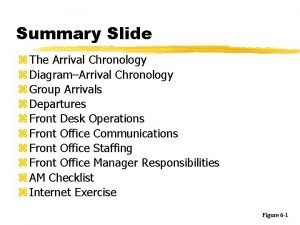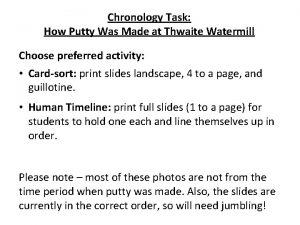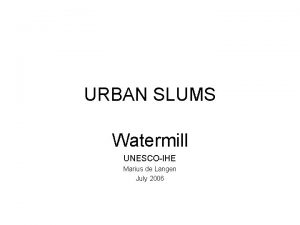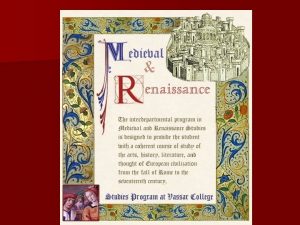Chronology Task The History of Thwaite Watermill Choose













- Slides: 13

Chronology Task: The History of Thwaite Watermill Choose preferred activity: • Card-sort: print slides landscape, 4 to a page, and guillotine. • Human Timeline: print full slides (1 to a page) for students to hold one each and line themselves up in order. Please note – the slides are currently in the correct order, so will need jumbling!

In 1641, a weir (low dam) was built on a natural bend in the River Aire. This held some water back to form a large pool or pond. The water in the pond could then flow into a watermill and power machinery inside by turning water wheels.

After the weir was constructed, the first mill to be built was a fulling mill. Here, cloth was pounded by hammers in a mixture of urine and Fuller’s Earth (a clay-like substance). This made the fibres mat together so the cloth was strong and smooth.

By 1823, the fulling mill was starting to fall apart. £ The old buildings were knocked down and new ones were built. This took around 2 years and cost £ 15, 678 – a lot of money back then!

The Joy family were the first people to run the new mill. They arrived in 1825 and stayed until 1845. The Joys used the mill to crush seeds, which they turned into a product called “Filtrate Oil”. This oil was used to lubricate (grease) things like train engines.

In the years after the Joys left, the mill gradually fell into neglect. (It stopped being looked after properly).

In 1872 the Horn family arrived. They repaired the mill and added some stone crushing equipment. Now the mill crushed: • Flint and china stone, which was used to make glaze for pottery (the shiny surface on things like plates). • Chalk, which went into products like paint and toothpaste.

About fifty years after their arrival, the Horns began producing putty. Putty is used to seal windows into their frames. It feels a bit like playdough at first, but it turns rock solid when it dries. The Horns made their putty from left over crushed chalk (whiting) and linseed oil.

In 1931, a machine called a Raymond Mill was installed in the mill. It made grinding chalk much faster. The Raymond Mill was so huge it spread across all three floors of the building!

During the Second World War, lots of putty made at Thwaite Mill was sent to London. It was needed to repair windows which were damaged by bombs! So much putty was needed that the mill operated 24 hours a day, 7 days a week!

In 1976, a flood caused the weir to collapse. This stopped water from entering the mill and turning the wheels. Flood The Horns decided to close the mill because: • It would have been very expensive to fix the weir. • Putty was not as popular anymore, so the mill wasn’t making as much money anyway.

3 years after the flood, the Thwaite Mills Society was formed. This was a group of volunteers who did not want the mill to go to waste. Through their hard work, the weir was rebuilt and the rest of the site was restored.

In 1990, Thwaite Watermill opened to the public as a museum. It is now run by Leeds City Council.
 Ex 2 choose the correct item
Ex 2 choose the correct item 3 choose the correct answers
3 choose the correct answers Tiered task bias task
Tiered task bias task Chronology of activities
Chronology of activities Arrival chronology in hotels
Arrival chronology in hotels Chronology social work
Chronology social work Sample of narration
Sample of narration Chronology of pauline epistles
Chronology of pauline epistles Is bc and bce the same
Is bc and bce the same What is a chronological paragraph
What is a chronological paragraph Mycenaean chronology
Mycenaean chronology Medical chronology sample
Medical chronology sample Relative chronology
Relative chronology Chronological plot structure
Chronological plot structure
























